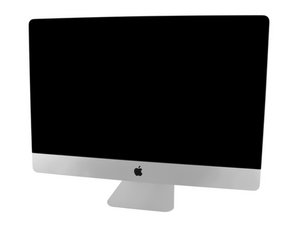Using a 128 BLADE with a 2TB SSD
I was just wondering if anyone had feedback on fusing a 128 BLADE with a 2TB SSD.
I actually have a 2017 iMac, into which I just put a 2TB 950 EVO, replacing the 2TB HD that was previously there. Right now I have the 2TB SSD fused with the 128GB NVME blade, but the read/write speeds are hovering around 500… which is not quite what I was hoping for
NOTE: I actually think the regular HDD 2TB fusion drive crushes this, in benchmark tests I’ve seen on YouTube… at least early in the tests, tho obviously does decelerate to normal HDD speeds over time… but on the BLADE+SSD fusion set up, the max and consistent speed seems to be the SSD speed.
I’m curious why an NVME+SSD fusion drive would be SLOWER than the HDD fusion setup. Any thoughts?
Reading your exchange above, I’m thinking perhaps better now to use the 128GB for booting, and the SSD for the home directory. But I remain curious as to why the NVME isn’t kicking in at least a bit, in my benchmark tests.
Esta é uma boa pergunta?

 1
1 
 329
329  971
971